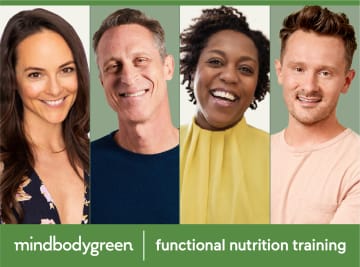These list the types of fruits and vegetables that tend to be grown with the most and least pesticides, based on the latest available numbers. Given research like this study out of the Illinois Institute of Technology, Chicago, which found that after seeing pesticide messaging, low-income shoppers were less likely to purchase any fruits or vegetables, it’s important to point out that eating a non-organic strawberry is still by and large a healthier choice than eating, say, a strawberry-flavored gummy bear. Filling your plate with a variety of fresh fruits and veggies will always be a cornerstone of good nutrition. So, you can think of these lists more as resources to help guide your produce purchasing habits. If you only have a certain amount of money to spend at the grocery store, the Dirty Dozen and Clean 15 can steer you toward the produce you should prioritize buying organic from a health perspective (though there are environmental and worker’s rights reasons to buy organic when you can too). With that out of the way, here’s the updated list:
To rank each type of produce from “clean” to “dirty,” the EWG assigns it a score based on the percent of samples tested with detectable pesticides; percent of samples with two or more detectable pesticides; average number of pesticides found on a single sample; average amount of pesticides found; maximum number of pesticides found on a single sample; and total number of pesticides found on the crop. “All categories are weighted equally since they convey different but equally relevant information about pesticide levels on produce,” the report’s methodology section reads. This means that the list indicates which crops tend to be treated with the highest volume and variety of pesticides and doesn’t go so far as to definitively say which ones are the riskiest from a human health perspective. Here is the most recent list: Emma received her B.A. in Environmental Science & Policy with a specialty in environmental communications from Duke University. In addition to penning over 1,000 mbg articles on topics from the water crisis in California to the rise of urban beekeeping, her work has appeared on Grist, Bloomberg News, Bustle, and Forbes. She’s spoken about the intersection of self-care and sustainability on podcasts and live events alongside environmental thought leaders like Marci Zaroff, Gay Browne, and Summer Rayne Oakes.



